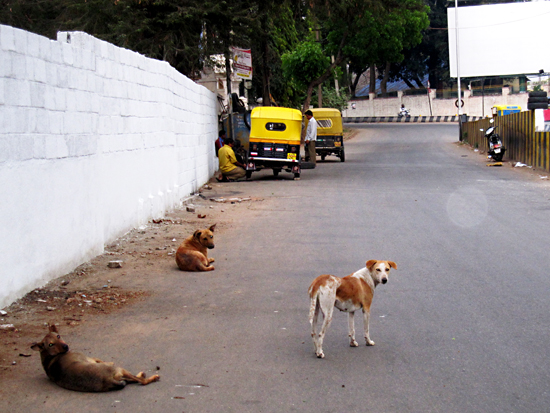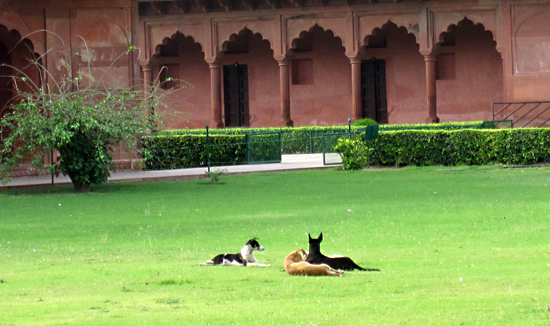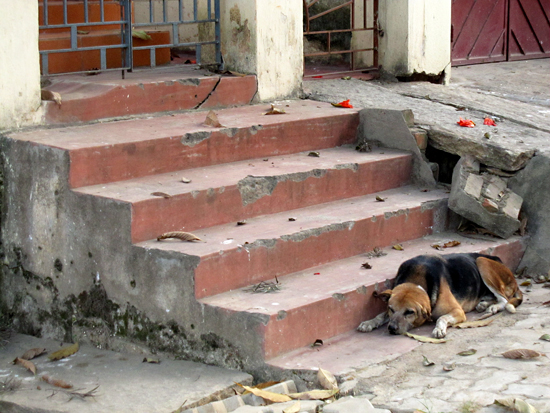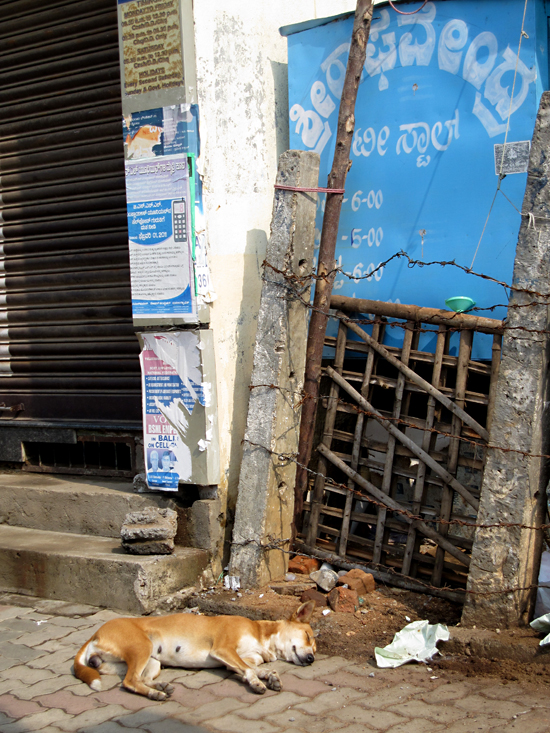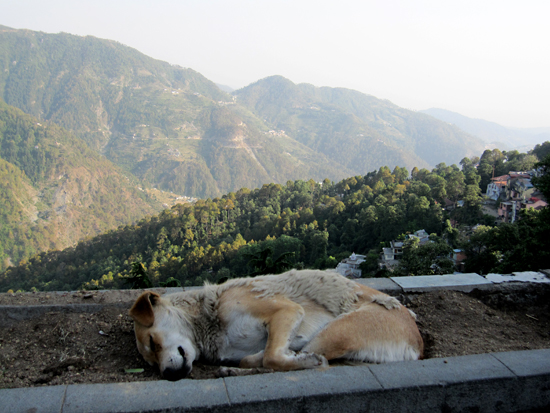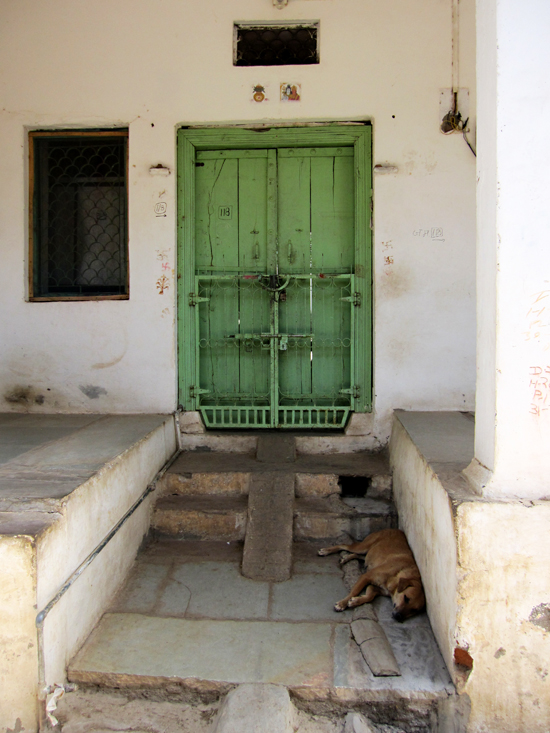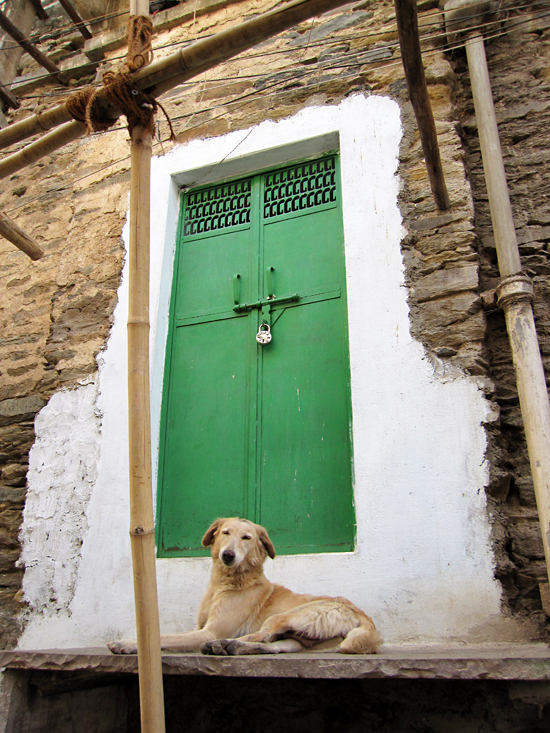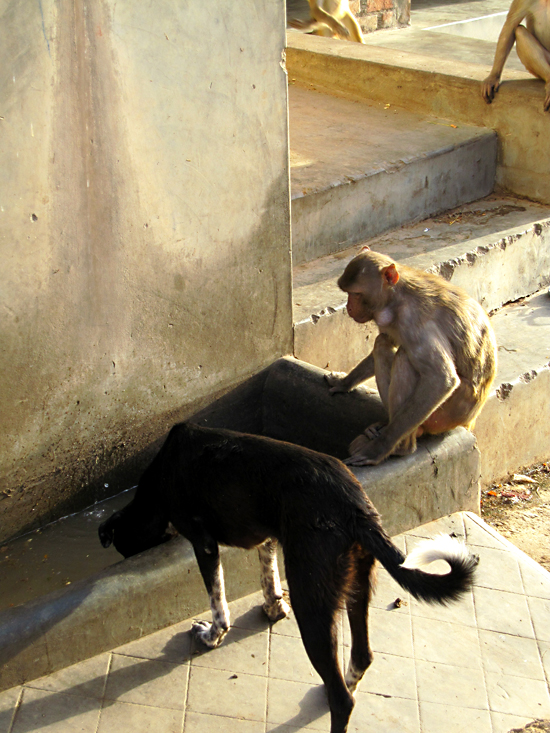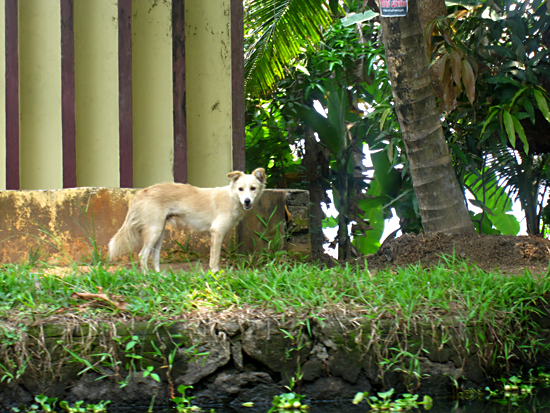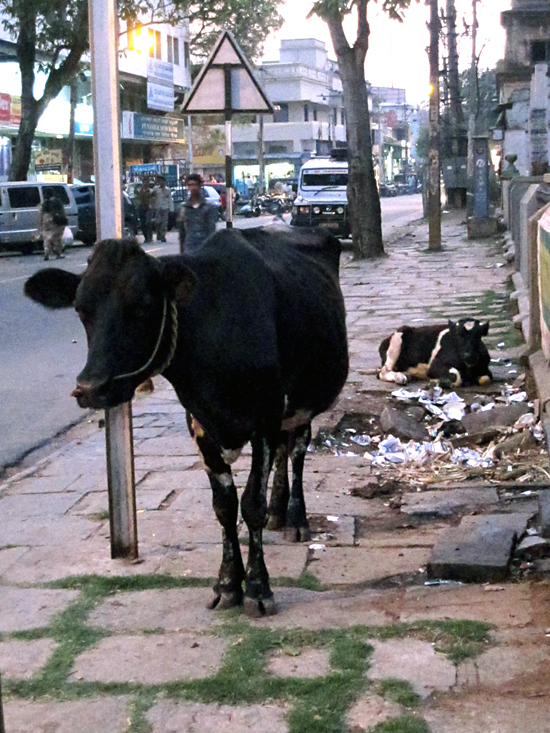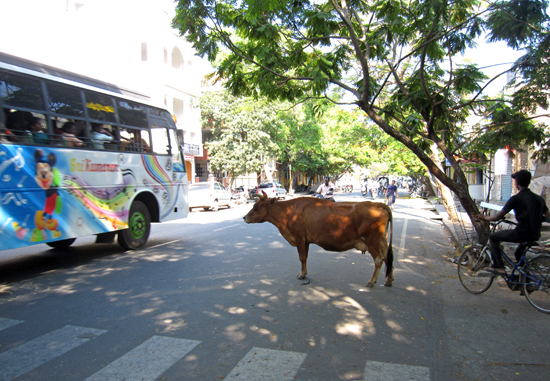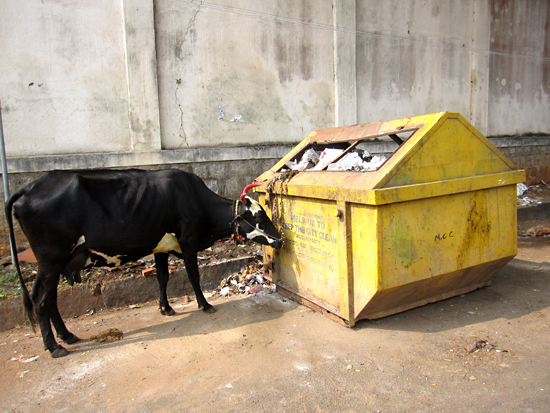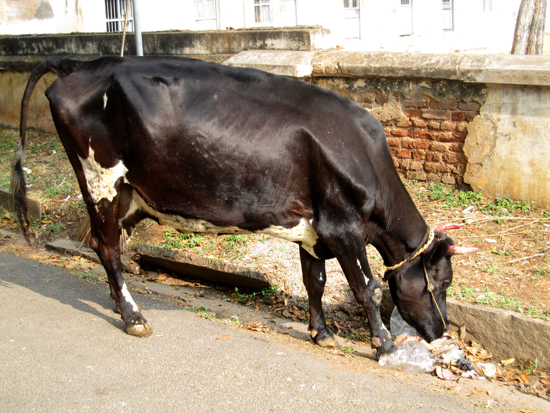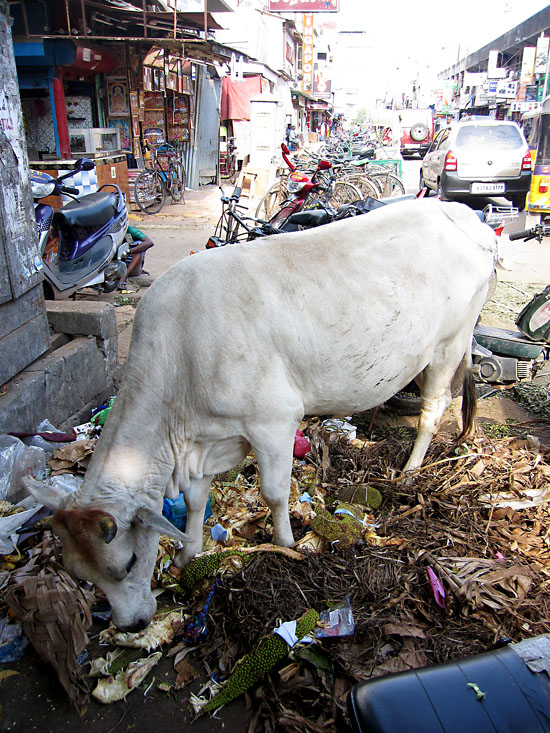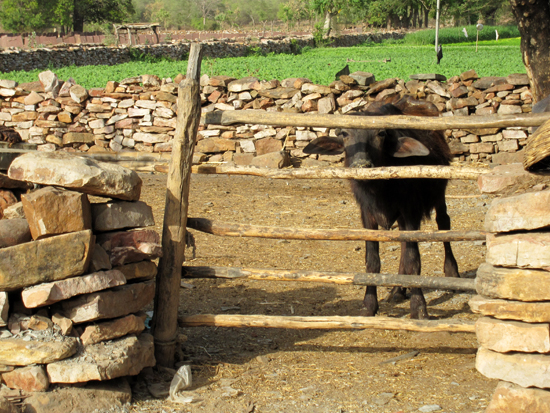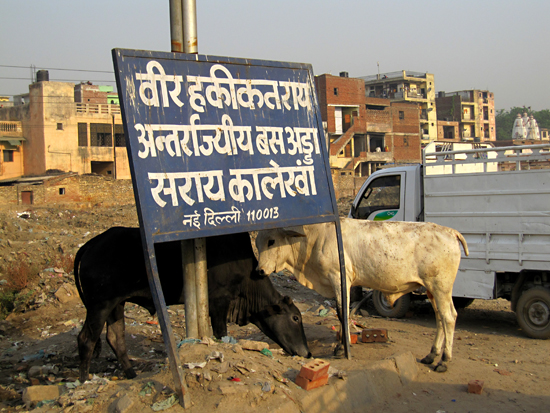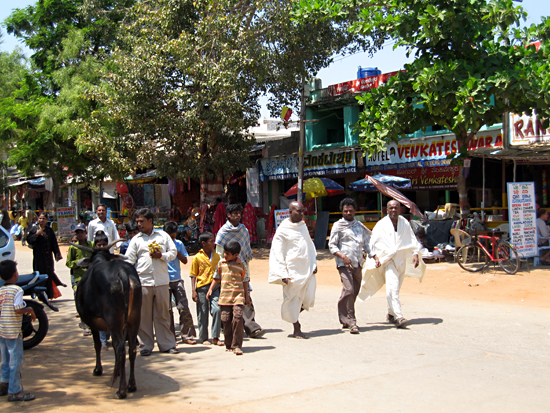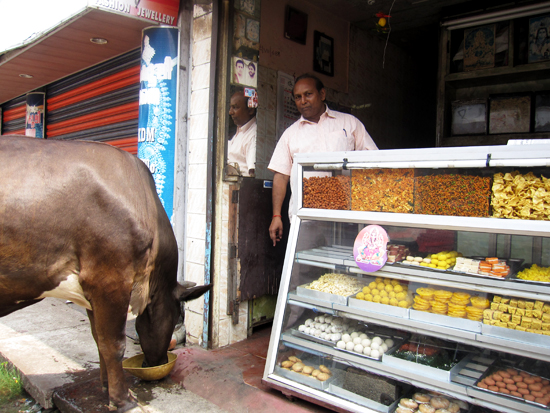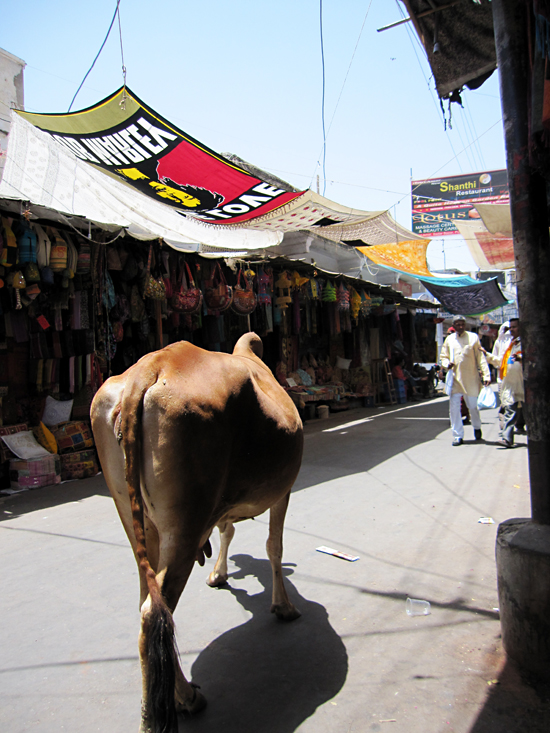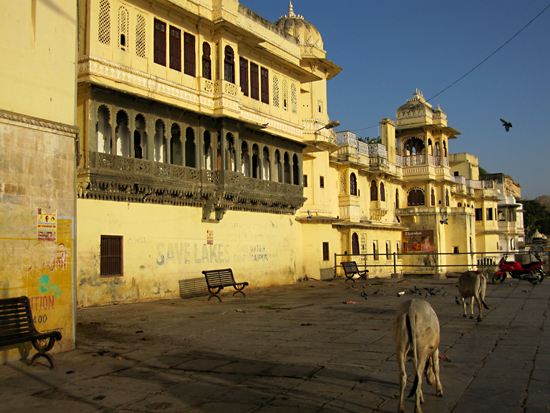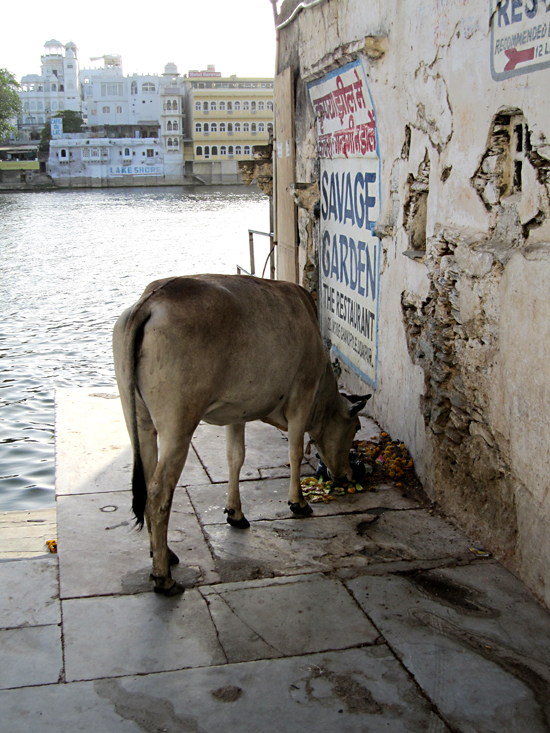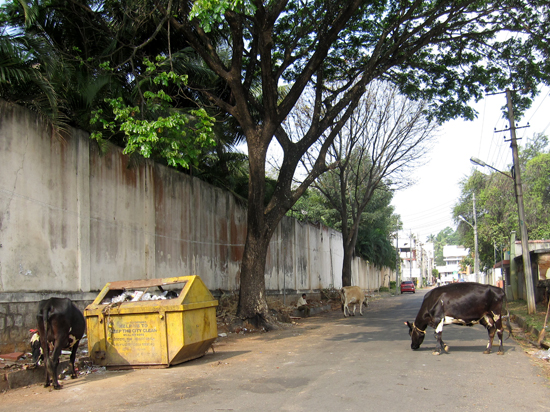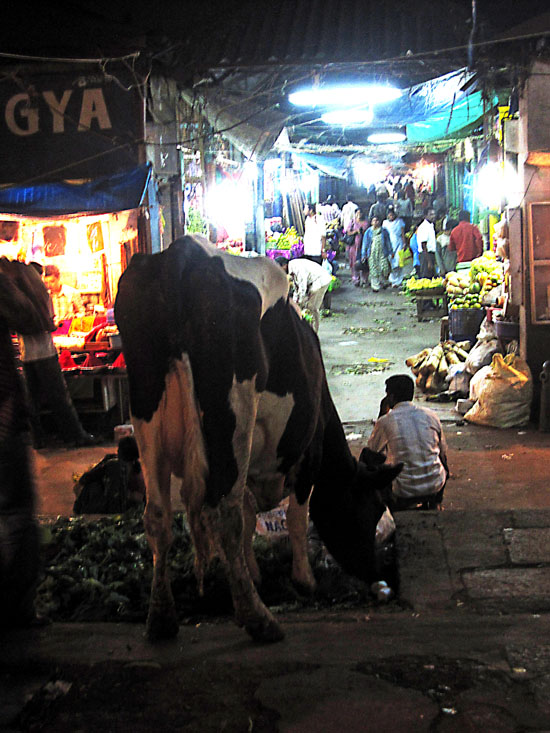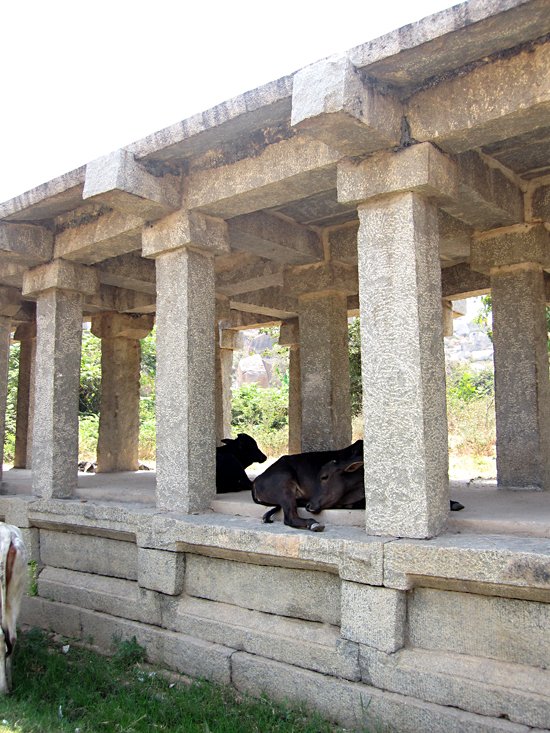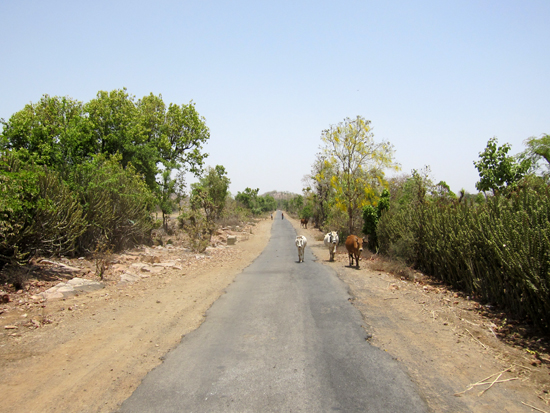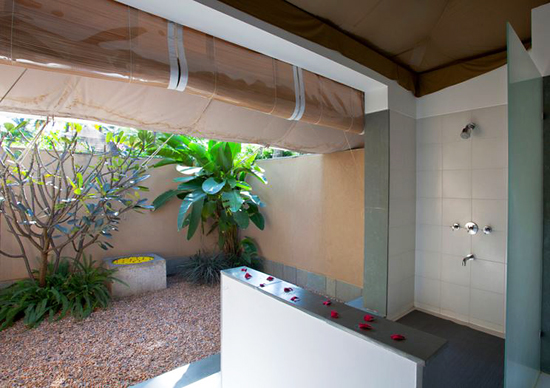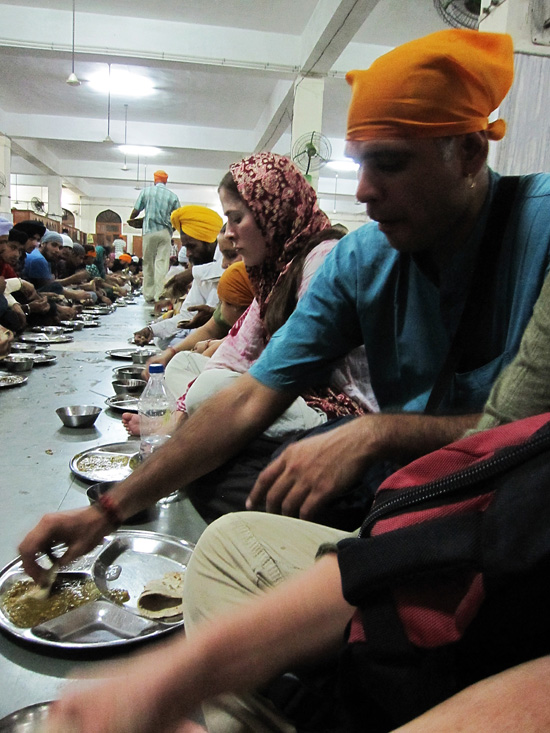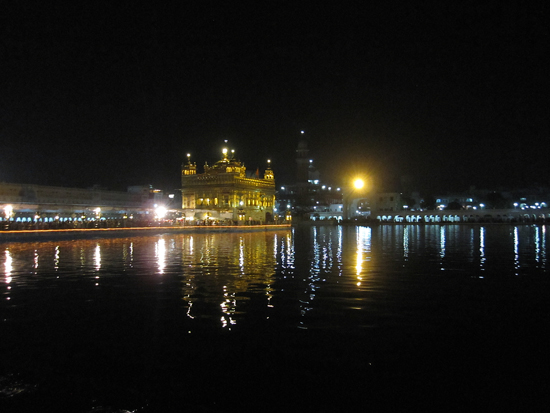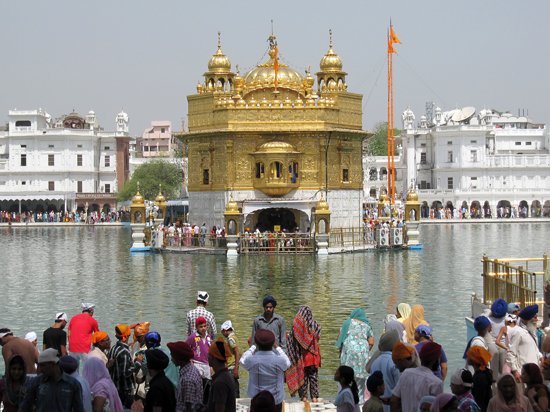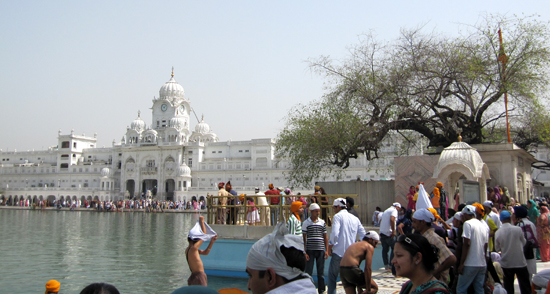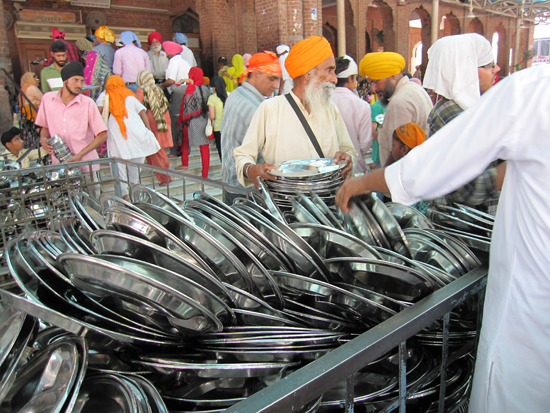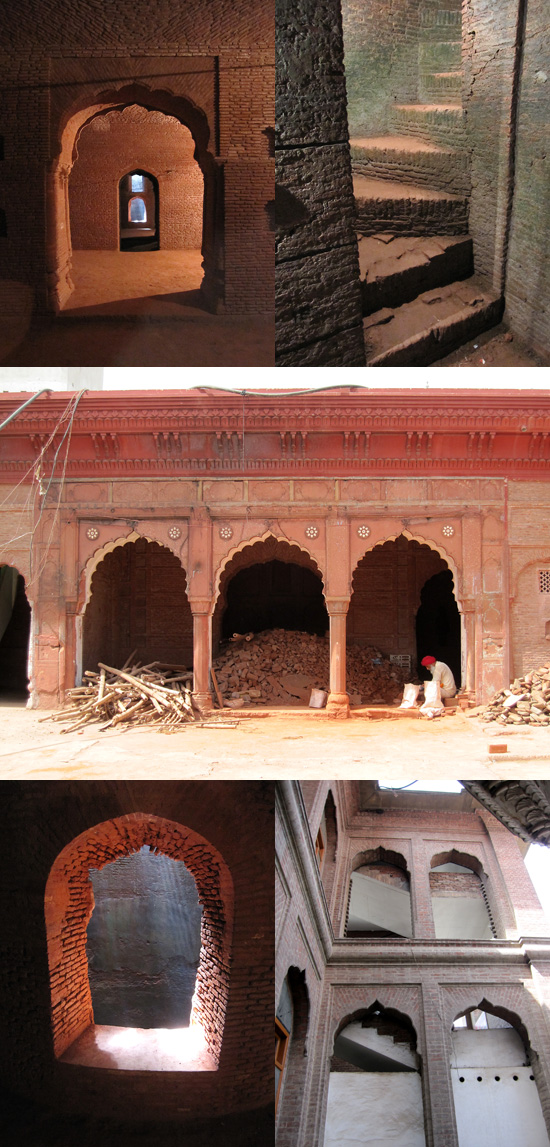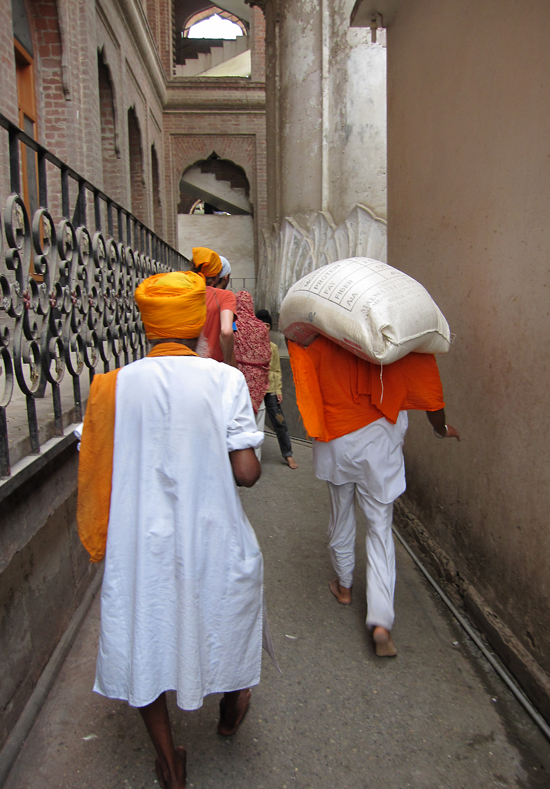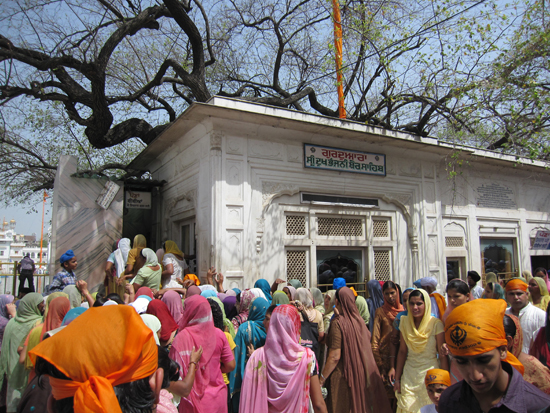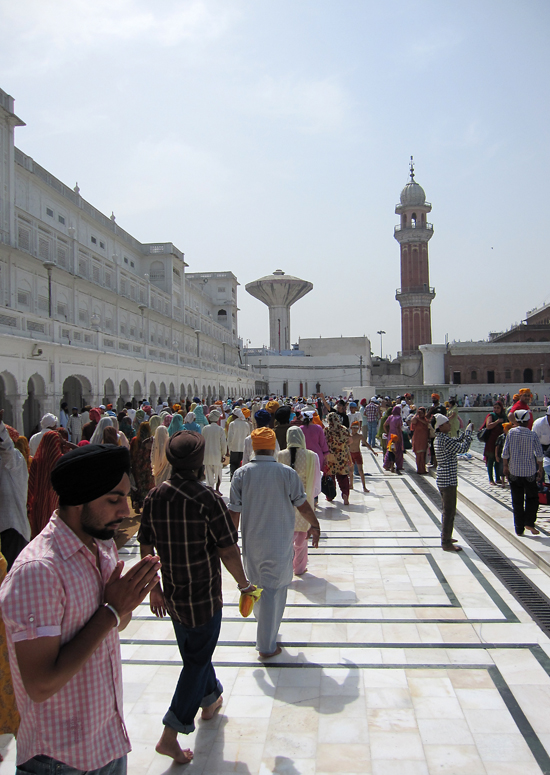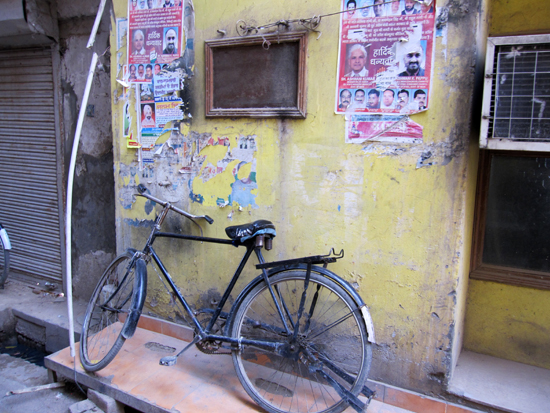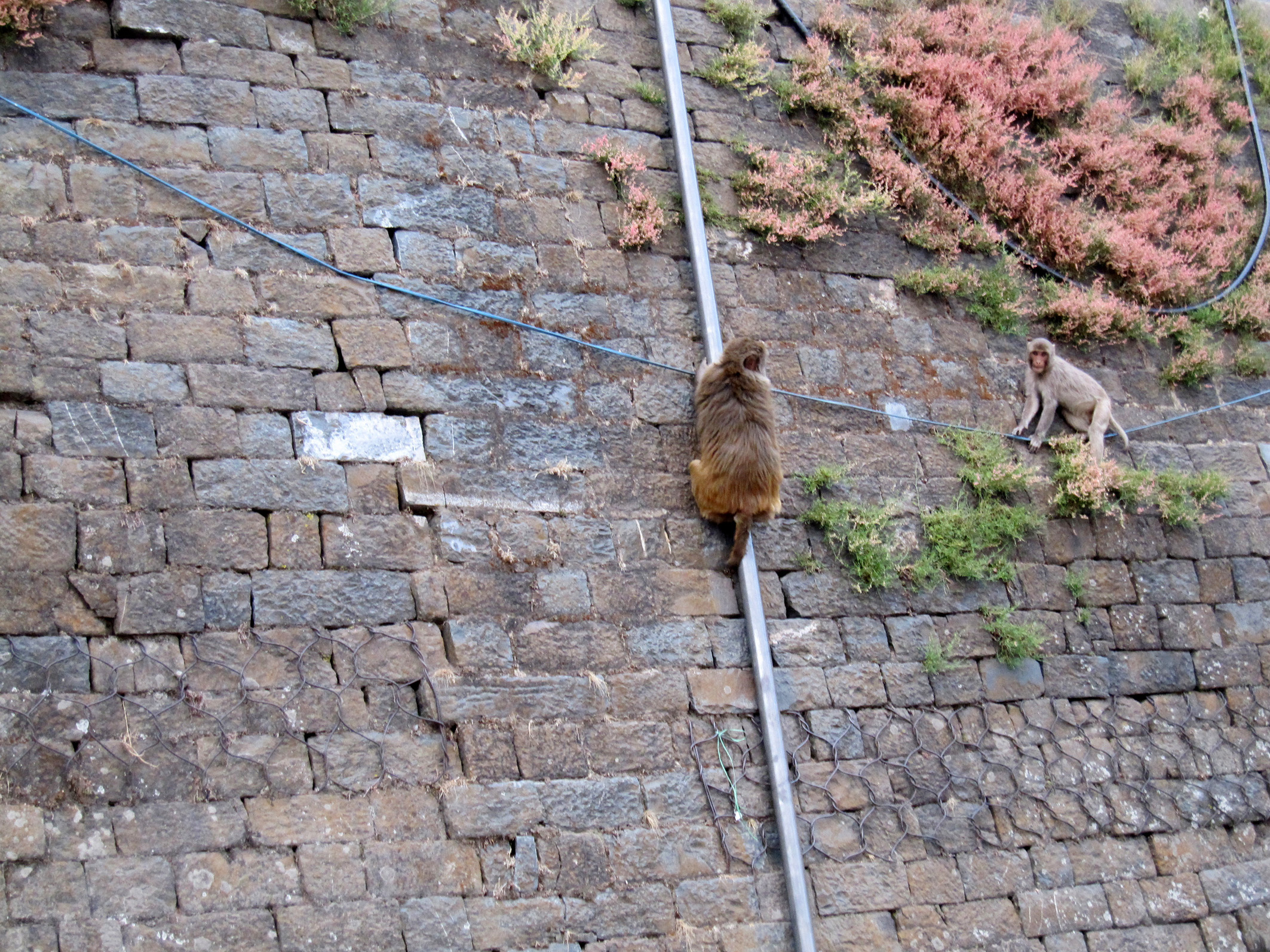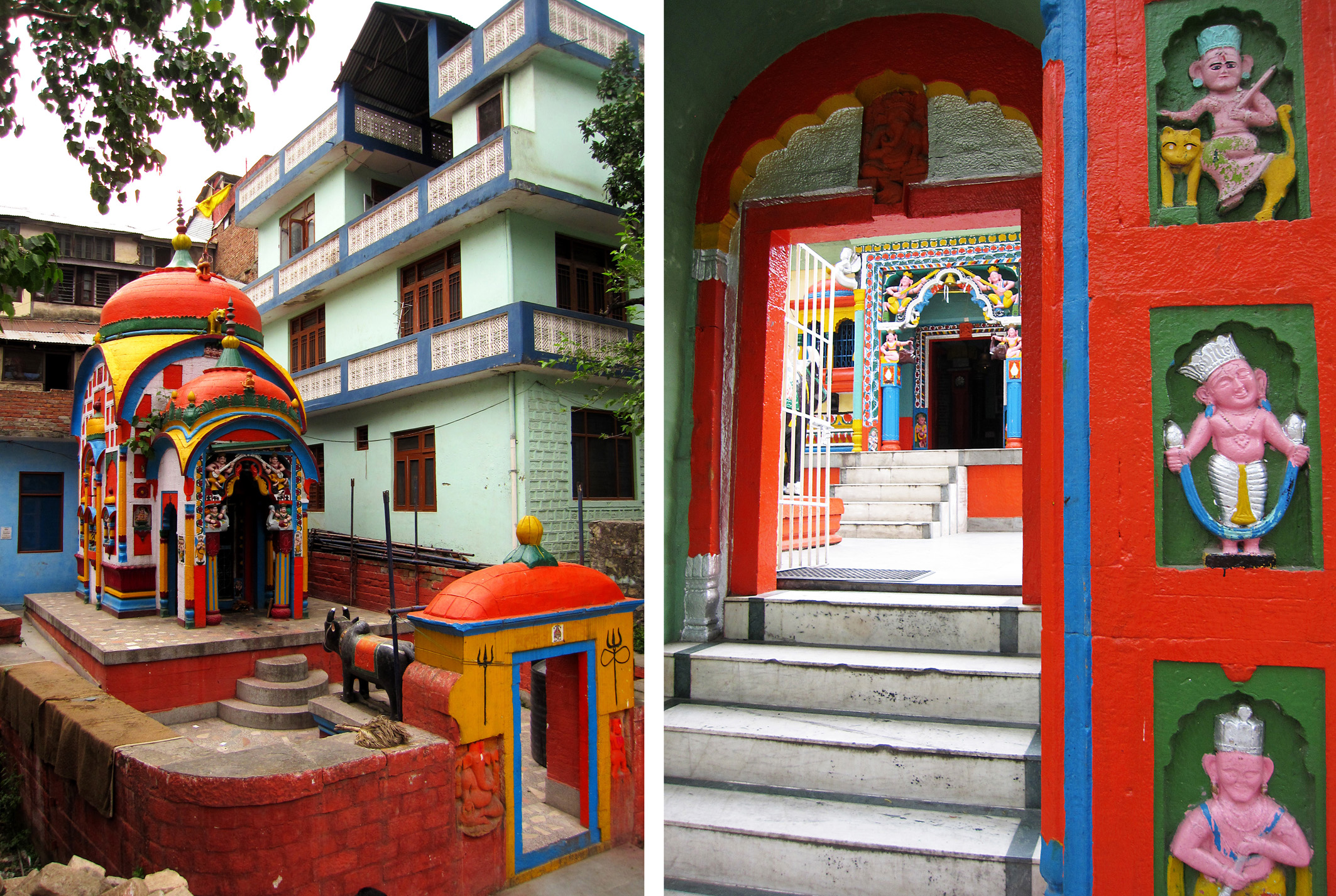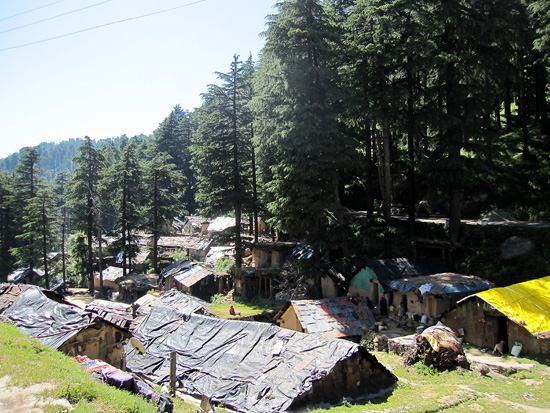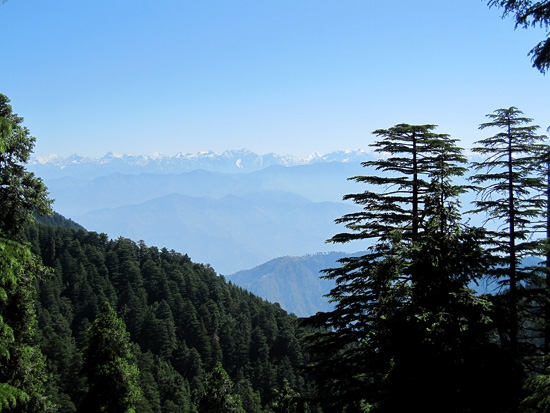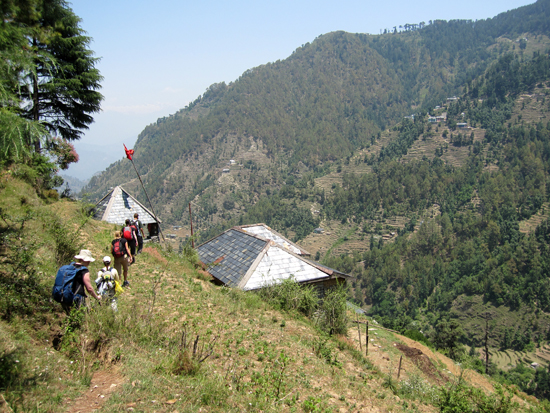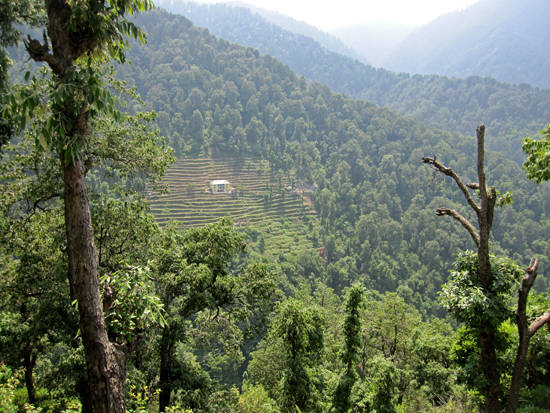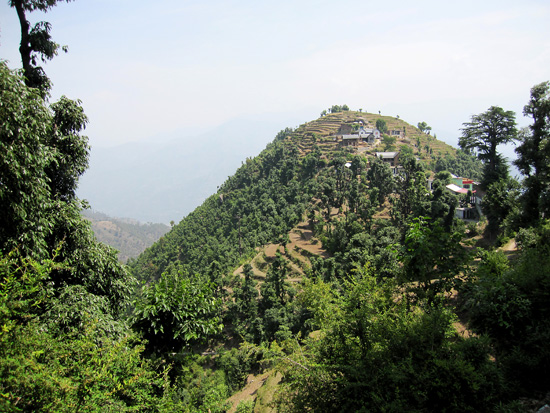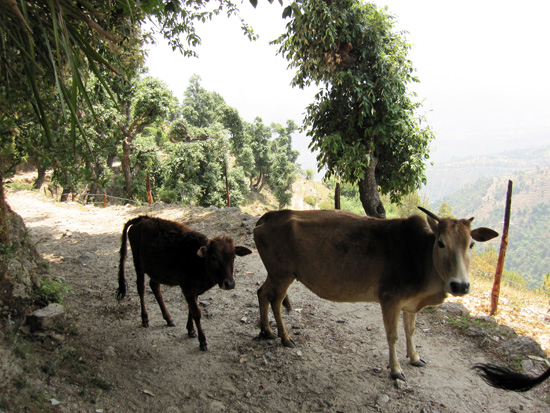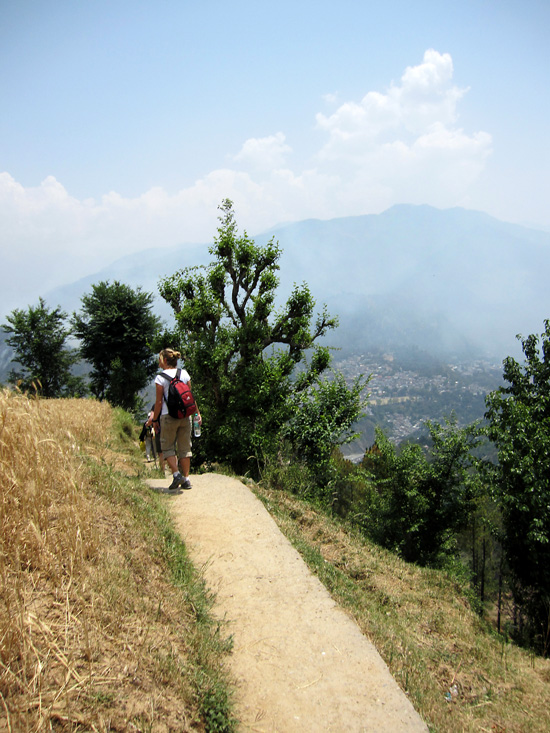Since returning home to Australia, and particularly after some time to look back and reflect, I can’t help but notice that India has influenced me in ways that still linger. Behaviour changes, figures of speech or habits, every now and then I catch myself doing something that makes me smile and remember where it came from. Here’s some of the lasting impressions India has had on me:
Change hoarder.
My wallet used to be fairly light-weight, even on the odd occasions when I was impressively cashed up. Notes from the ATM in $50 or $20 notes and change discarded as soon as possible. In Australia, we’re a culture of getting rid of the excess weight and keeping our cash as light as possible – even to the extent where it is not that unusual for someone in front of you in a queue to take a little longer to count out a few dollars in silver ‘to get rid of the shrapnel’ – Checkout operators will even ask you if you have the 40c so they can round your change up to the lightest sum.
In India, no-one has change; no-one, no-where, no-way. The ATMs spit out 500 or 1000 rupee notes and no-one will be able to handle them. So you start hoarding small notes, hiding them in your wallet and attempting to force bigger establishments to break them – even they will still crane their neck to get a look at your wallet while shaking their head ‘nooo, madam, smaller?’ They’re playing the same game as you. You know they have a hidden stash of smaller change somewhere and if you hold your ground long enough they will eventually concede and get it out and give it to you, which you will immediately stow away in your hidden stash. In the markets if they don’t have change they will send someone looking for some, they can be gone for up to 5-10 minutes as they traipse around trying to exchange your note for smaller denominations. Once in a market, after a 5 minute absence I saw the guy I was trying to buy from pass me from the back of a motorcycle still nodding and assuring me he’ll be back with change. He was back a little while later and the transaction went ahead. I was once in a bank (the bank!) and had to wait while the teller had to ask around for change, eventually one of the tellers pulled out his own wallet to exchange my note (the bank!!).
It is one of the greatest mysteries of India. Why do the ATMs distribute notes that no-one can handle? The end result is that in Australia, I have become a small note and coin hoarder, It is so weird. I currently have $114 dollars in my wallet; $19 is in coins and $95 is in 1 x $20, 5 x $10 and 5 x $5 notes. Pre-India, that would have been 2 x $50, 1 x $10 and two $2 coins. I’m not sure what I’m collecting all the smaller denominations for, but I just feel more comfortable with them. I even have to ignore a pang in my heart whenever I have to throw away small notes on a larger purchase ($40 with $10 notes, what a waste!!!) I don’t know how long this ingrained behaviour will stay with me… but it often makes me smile.
The head wobble.
I was impressed with how much I stamped out this little habitual gesture while I was travelling – when I was working in Bangalore I was an enthusiastic head wobbler, but six weeks on the road toned it down. But now I’m Australia, it does creep back in, mostly at work (maybe because I picked it up in a work environment in India?) It really is the perfect gesture for a non-committal ‘I hear what you’re saying, but I refrain from committing either way at this point’. This isn’t exactly what the Indians use it for. It could just as likely mean a definite yes or an absolute no, but for me, it really does fill that gap between the affirmative head nod and the negative head shake. It’s the non-committal acknowledgement, the ‘I’m listening and am thinking it over’. I like it, and will probably keep using it for some time.
More naan, less rice.
I used to order the requisite basmati rice whenever eating Indian in Australia but now I know better. Rice is unnecessary stomach filler that stands in the way of fitting more of the good stuff in my belly. Ie Naan bread. And main dish goodness too of course, but yes, naan bread. Naan bread is really, just the best thing, and the more room available the better.
Eyeliner
I used to wear eyeliner in Australia, but usually only when going out at night, or if during the day it was pretty light and only on the outer edge. But when I started working in Bangalore I absolutely adored the way my female colleagues lined their eyes with thick ‘kohl’, even adding fresh swipes during the day to keep it working it’s charm – it looked so exotic and dramatic. I started wearing it a big darker, and then one day my colleague Rashmi, who constantly impressed me by applying hers with a thick stick of khol the size of a lipstick, suggested I line my eyes the whole way around. Gasp! What? My tiny little average looking caucasion shaped eyes? I really doubted I could pull it off, but the next day I gave it a go and went in to work – so many people commented on how good my eyes looked! Hooked. Now I love using eyeliner much more dramatically, though I’m still hopeless at applying it with the thick stick of kohl.
Footpath appreciation
The one thing I really missed when living in Bangalore was the ability to head out for a walk every morning. I could have handled the staring. I could have breathed through the strange burning rubbish smell. But falling into foothpath crevices was really too much. I tried a few times, but seriously nearly disappeared from the face of the earth on more than one occasion. I’m not being melodramatic – I read a few news articles while living in India about the number of Indian kids that are injured or killed every year due to the state of foothpaths. The problem is not where there are none (though they’re sorely needed, that’s a separate issue) but the deteriorating state of the ones that are crumbling apart, leaving huge gaping holes where you do not expect there to be a huge gaping hole. As in, walking along the footpath minding your business, whoa! I’ve fallen in a pit underneath the footpath. I love my Sydney footpaths. Smooth, even, kerbed foothpath glory, I safely pound you anytime of day out of harms way. Never again will I take such a simple thing for granted.
Pedestrian paranoia
I find it really hard to trust a that a motorcycle will stop for me – yeh even on a zebra crossing, even at a red light. It just seems so unlikely. In India it was actually more likely they will nudge into you as you take your moment to dart across the road. I don’t think they actually intend to hit a pedestrian at an impact that will cause harm, I think they just calculate the exact speed they can approach you, nudge you, and motor by; a situation that sees the pedestrian across the road where they want to be with no time cost to the motorist. Happy travelers all around. If you are not able to calculate the same speed equation then there may be trouble, and less happy travelers. But after awhile it is surprising how accurate you can get. Anyway, now I’m back home I find it hard to trust motorcyclists. Even at a crossing I’ll sorta stick a leg out to hover over the crossing while trying to make eye contact with the motorcyclist to gauge the calculation. When they come to a complete stop and sit there blinking at me, it’s quite a surprise. I think I make them crankier standing there blinking back, but to their credit they still sit there waiting. I guess increased road awareness is never a bad thing. It’s interesting though, how a few months of repeated behavior can stay with you.
Gratitude
Of course this one was coming.
Find me a westerner who goes to India and doesn’t come out spouting gratitude in every direction. It can’t be ignored though. India is a very unique traveling experience; even to a traveler who has been to developing countries before. I am grateful for the experience I had in India, grateful that I survived it without any of the horror stories people feel the need to tell you about before you go. Grateful for the Indian people I met, the challenges I overcame, the beautiful wilderness I encountered, the vast and varied landscapes I saw, the travelers I shared journeys with, every delicious bite I ate and the cooks that made them, the workplace and team that let me get involved, the storms and sunny days, the shopping, the friendships.
I am also grateful for the beautiful country I call home. Find me an Aussie that doesn’t fly back in over Sydney and want to kiss the ground when they get off the plane. No matter where I go, I always get this feeling in my heart when I see Sydney from the sky as we come home to land. I am so grateful to live in a lucky, peaceful land, with a thriving economy, brilliant Indian food, (and Thai and Japanese and Italian) and salads you can eat straight out of the ground, water I can drink straight from the tap, freedom of speech, religion, career, partner and clothing, my family, friends, work I enjoy, clear blue sky, fresh air, an ocean I can swim in – naked if I really want to, rubbish that’s collected weekly, recycling too and footpaths that won’t eat me up.
Most importantly I am grateful for what I have learnt about gratitude. You can be grateful is every situation, in any place. It’s a small thing to have learnt, a subtle shift. Gratitude used to be something I felt earnestly, like the act of gratitude for all that I have was a rite that would ensure I continued to deserve it. Even when removed from the things I am most grateful for at home in Sydney, I was still grateful, and still practiced gratitude each day. I relaxed in my gratitude and became less attached to it. I am grateful for what I have in this moment here, but if it goes then I will be grateful for something else in the next moment. It’s liberating.
